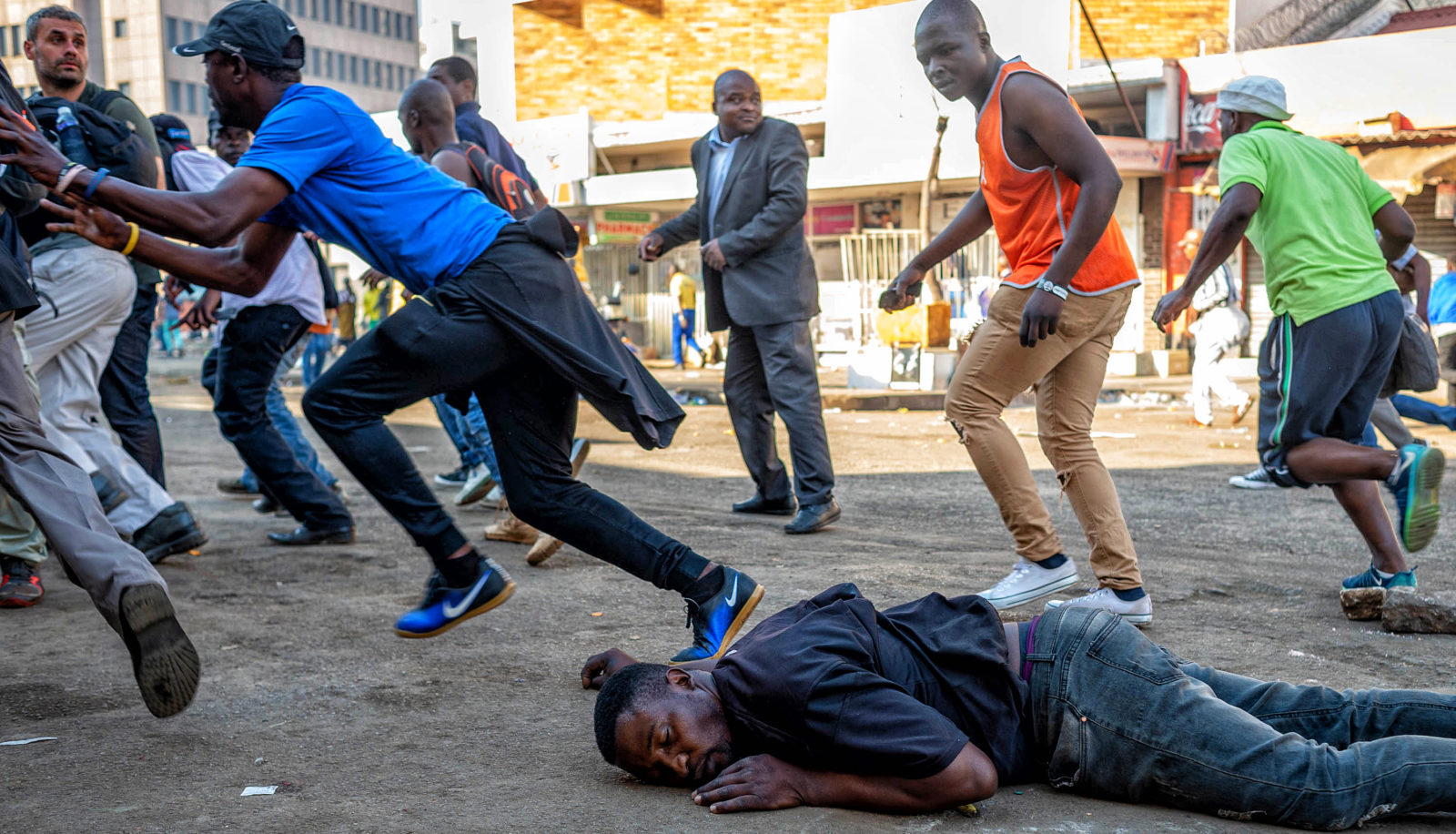
Whilst the benefits of Information and Communication technologies (ICTs), especially social media applications, have come to be taken for granted in society, for people with disabilities (PWDs), who need these devices the most, issues of affordability, accessibility and availability of these all-important devices constitute veritable hurdles to the social, economic and political participation of PWDs through ICT. There is an adage which goes: “For Most People Technology Makes Things Easier; For People with Disabilities it Makes Things Possible”. How true!
By Lovemore Rambiyawo
ICTs, and the Internet in particular, are the greatest equaliser, an all-purpose enabler for PWDs: For physically impaired individuals, the internet is the legs that take them to all parts of the world; for those with visual impairments, it is the eyes that enable them to see what is happening around the world; for the hearing impaired, the ears that enable them to hear, participate in, and harness the full benefits of the internet, including remotely participating in a range of activities such as tertiary, professional, lifelong education, employment, economic, government services and consumer activities. The United Nations Convention on the Rights of Persons with Disabilities (UNCRPD) 2012 ICT Accessibility Progress Report, following a survey in 52 countries, revealed that overall, web services (and the devices used to access them) constitute the access technology with the greatest impact in promoting the inclusion of PWDs in healthcare, primary education, secondary education, tertiary, professional and lifelong education, employment and government services based on the survey data. This contribution is closely followed by mobile phones, which, constitute the second-most valued ICT with regards to its contribution for PWDs. Mobile phone use is instrumental in allowing independent living of PWDs.
The burgeoning of multimedia technologies, particularly social media, is a development which has great potential for transforming people’s lives, particularly PWDs, economically, socially, politically and culturally: no other communication platform has the ability to put information in the hands of many. ICTs, and social media in particular, has widespread implications for disability inclusion.
The exponential rise of social media as the premier mode of communication is evidenced by the rapid growth of social media; shift toward using social media on mobile devices; emergence of new accessibility options; increasing reliance on social media to communicate and achieve everyday tasks, and; international shifts towards seeing social media as a democratic tool with strong potential for social inclusion. While, in addition to issues of accessibility, availability and affordability, poverty and attendant problems resulting from specific impairments, combine to push ICTs and social media out of the reach of PWDs, the advances in social media accessibility offers an opportunity to address a wide range of accessibility constraints for the estimated 2.3 million PWDs in Zimbabwe. Physical impaired users usually have difficulties in using input devices; visually impaired users usually have difficulties in seeing display devices; hearing impaired users have difficulties in hearing audio information; and people with learning/cognitive disability usually have problems in understanding system operations.
An analysis of the characteristics of social media – participation, anonymity, openness, conversation, community and connectedness – reveals that these are the very principles that social inclusion is built on.
Participation is the very essence of social media as it encourages contributions and feedback from everyone who is interested. It blurs the boundaries between PWDs and the media. The anonymity provided by online participation in social media overcomes this hurdle of PWDs being viewed in the framework of their disabilities and present a unique opportunity for PWDs to positively impact and reconstruct disability media coverage, much of which regrettably relies on stereotypes and misinformation. The openness that is a distinct feature of social media is also a factor that favours disability inclusion through information sharing and doing away with barriers to participation. Disability advocacy thrives on engaging the generality of the society in constructive conversation on disability inclusion and social media is therefore a communication platform with the greatest potential for sharing disability viewpoints, ideas, challenges and aspirations. Connectedness, another distinctive characteristic of social media, is a critical ingredient in human existence. Most kinds of social media thrive on their connectedness, making use of links to other sites, resources and people. This mode of communication, therefore, offers great scope for underserved populations and PWDs, through making strategic use of links to other sites, resources and people.
Mobile devices and services have by far the greatest impact on independent living for PWDs. At the basic level, feature phones provide a means of on-demand communication for the user through both SMS and voice calls. They also ensure that emergency services, family members, personal aides, assistive and everyday services are just a call or text away. Basic mobile phones, even in the Global South, have proved invaluable in providing a means of on-demand communication for users with disabilities through both SMS and voice calls. At a more sophisticated level, smartphones address the unique sensory, physical and cognitive needs of customers with disabilities while a variety of smartphones are rated for hearing aid compatibility. Customers can enjoy open or closed-captioned multimedia content and use face-to-face video chat applications or dedicated video relay services to communicate via sign language.
- Chamisa under fire over US$120K donation
- Mavhunga puts DeMbare into Chibuku quarterfinals
- Pension funds bet on Cabora Bassa oilfields
- Councils defy govt fire tender directive
Keep Reading
They are also able to access content non-visually through screen reading applications, customize alert settings to use a combination of audible, visual and vibration alerts and take advantage of voice-commands, adjustable font sizes, predictive text and a range of other innovative features, accessories, and third-party applications. By providing access to a wide number of computing functions, smartphones also exhibit social media capability and its attendant advantages of promoting inclusion of PWDs in healthcare, primary education, secondary education, tertiary, professional and lifelong education, employment and government services. Mobile phones therefore provide an avenue for PWDs to reconstruct disability imagery through skilful dialogue in disability inclusion content. Mobile applications like whatsapp are extremely cheap, enabling PWDs to form user community groups like “Disability Rights Chat” which advance disability inclusion. For PWDs, having a mobile device increases independent living not only because of the wide range of services that can be accessed, but also because this type of device allows access to those services (including emergency services) immediately at the time of need and from anywhere in the network.
Clearly, mobile phone technology opens up a world of unlimited possibilities and independence for PWDs and the onus is on forerunners of mobile technology to make a better world for all.
The National Association of Non-Governmental Organisations (NANGO) is the official coordinating umbrella body of Non-Governmental Organisations (NGOs) operating in Zimbabwe. Its aim is to strengthen, represent, and coordinate the work of NGOs in Zimbabwe by creating space dialogue and engagement to enable the fulfilment of members ‘visions and missions. For comments and feedback please reach us through: [email protected].
Lovemore Rambiyawo is Information and Communications Coordinator for the National Association of Societies for the Care of the Handicapped (NASCOH), NASCOH is a NANGO member under the Disability sector.











